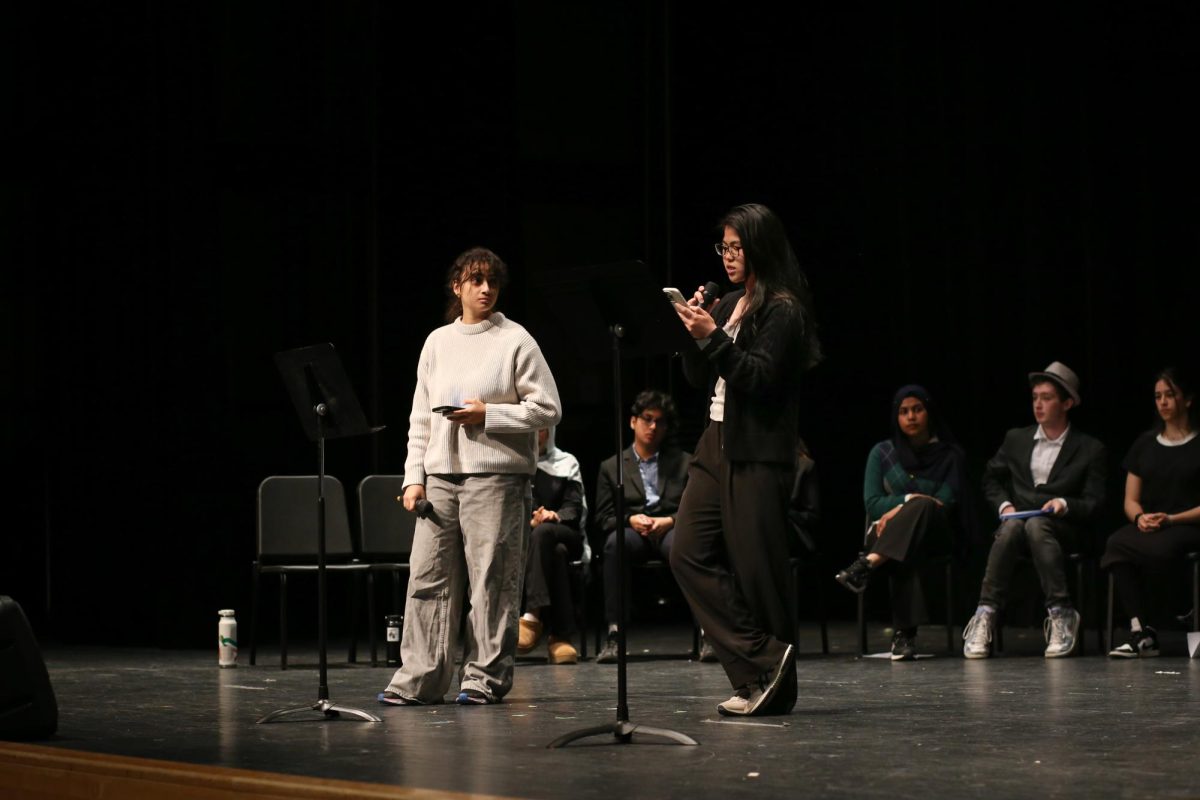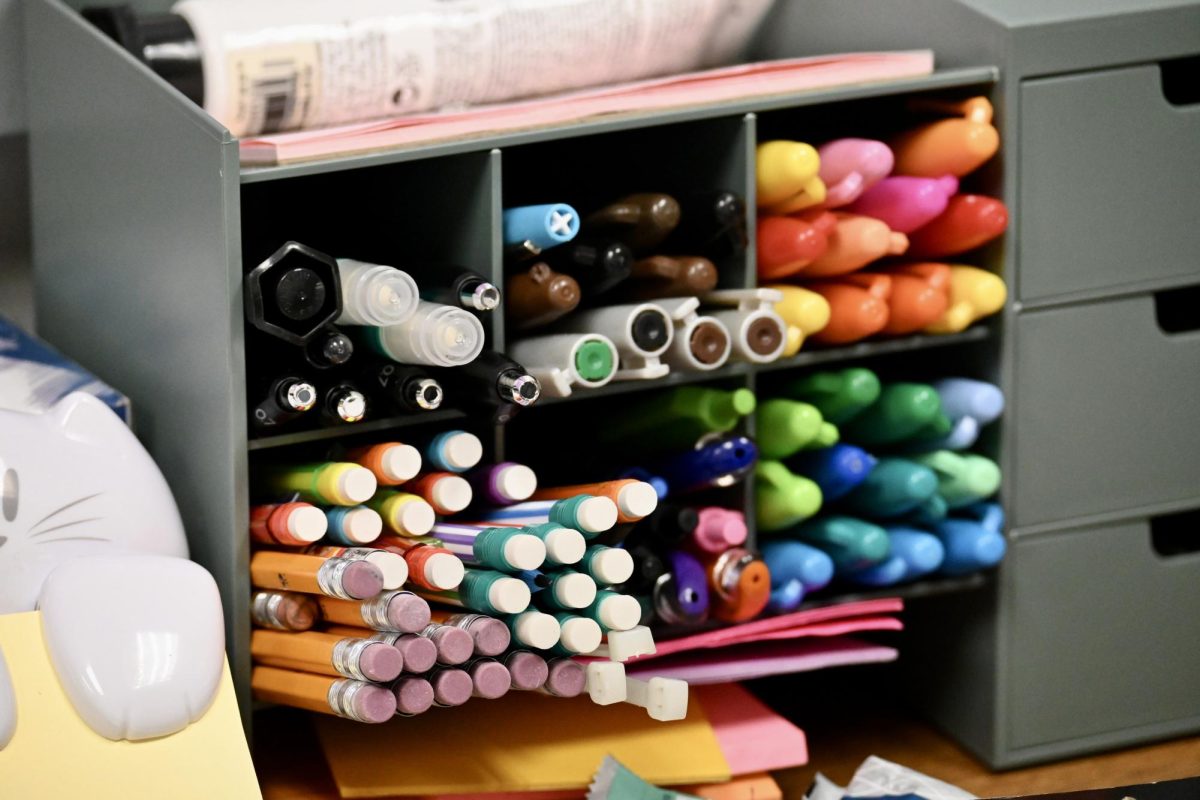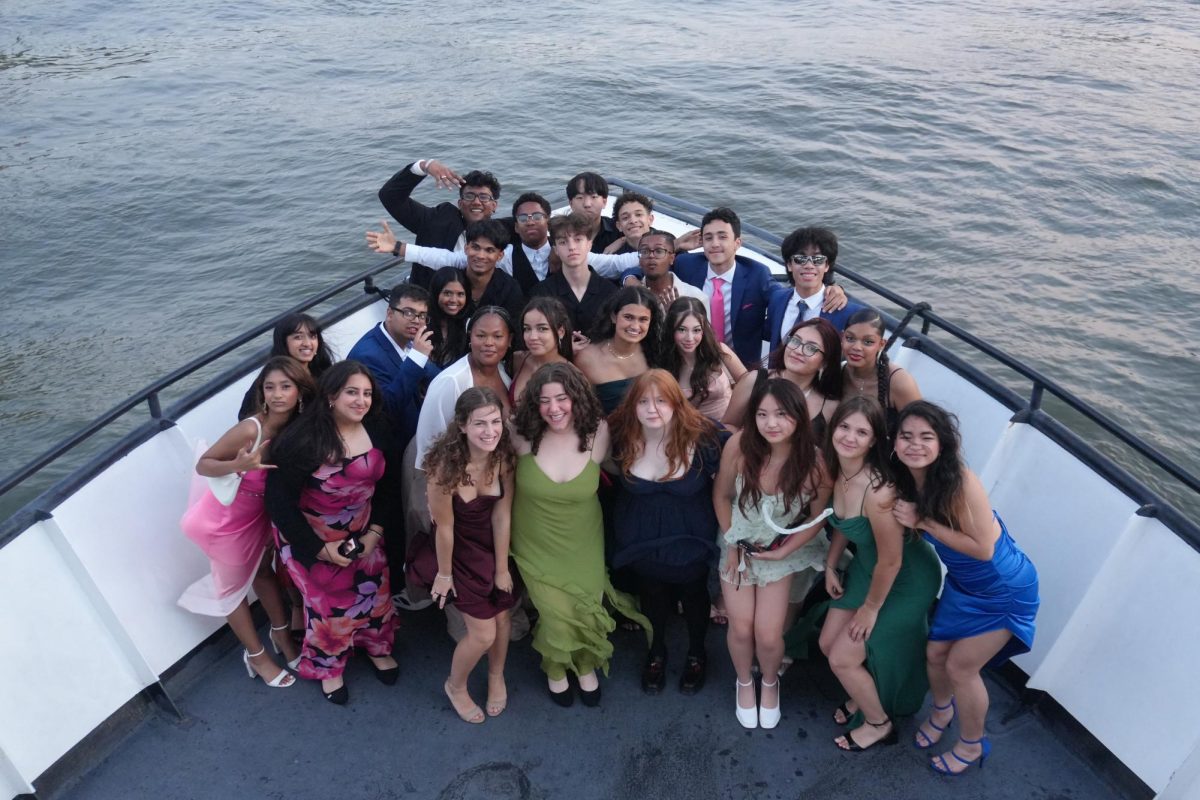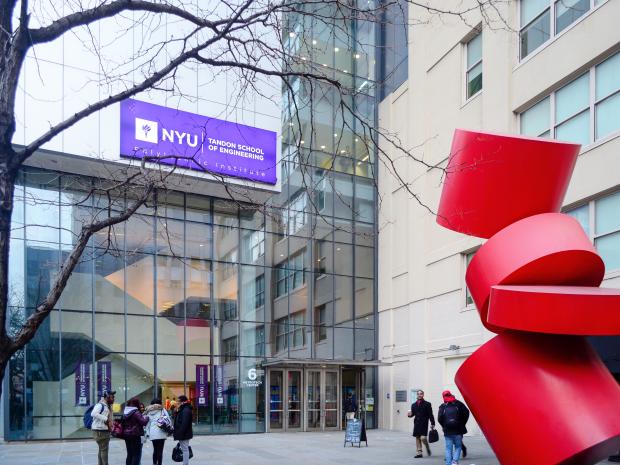
THIS SEMESTER, the New York City Department of Health and Mental Hygiene and the Department of Education collaborated to introduce “NYC Teen Text,” a program allowing teenagers to send text messages for emotional support.
Out of the thirty schools in Children First Network 201, a network that schools use to manage everything outside teaching, ten schools are part of this pilot program. Among those schools are Townsend Harris High School, Stuyvesant High School, Bronx High School of Science, and Frank Sinatra School of the Arts.
“What we wanted to do is normalize mental health and provide an avenue for young people to connect,” said Denise Arieli-Barufka, Director of Development and Coordinated Services at the DOHMH. “Young people were not picking up the phone and calling,” she said. Thus, NYC Teen Text was born.
THHS’s Student Union has been recently handing out teen text cards throughout the school in order to spread the word about it. Sarah Oberlander, the Coordinator of Student Activities, explained the numbers behind the initiative: “According to recent survey data, 27% of high school students feel sad or hopeless, yet only 18% get help from a counselor.”
Running from 2:30 PM to 9:30 PM during the school week, and 1:00 PM to 9:00 PM on weekends, NYC Teen Text allows students in emotional distress, including those with depression, suicidal thoughts, and anxiety, to send a text message and receive prompt support on a range of issues.
The responders are all mental health counselors at Lifenet who have received additional training to be able to respond to text messages specifically.
“This program is a supportive, free, easy, and realistic way to help because students can let go of concerns and stresses, and also get a point of view from someone who’s seen this before,” said Ms. Oberlander.
“This is the way that teens communicate more often [than over] telephones,” said Scott Bloom, Director of School Mental Health Services at the DOE. The number of students contemplating and actually committing suicide has recently increased, warranting more services for teens.
“The chancellor is very concerned over the last school years,” Mr. Bloom said. “We worked with the Chancellor’s Office and the Office of Safety and Youth Development to present a number of trainings for teachers and staff. We wanted to give the teens the greatest access to get the help they need.”
“Unfortunately, not everyone has the privilege of feeling comfortable with or having someone they trust to confide in,” Student Union President and senior Karen Su added.
“Although there will be someone on the other side of the line, there will always be a sense of anonymity, which can provide some degree of comfort.” Not all students had the same reactions. Senior Austin Jaross felt differently, saying that he “wouldn’t [use NYC Teen Text] because [he has] friends who know how to handle these kinds of situations, and [he feels] more confidential talking with them.”
Similarly, junior Olivia Comer stated, “Right now I can’t see myself using this. But if something came up where I couldn’t talk to people, I would probably use it.”
Whether students often feel overwhelmed or can handle stress with ease, they now have another outlet with which to express themselves. As Junior Class President Sherin Shibu says, “Sometimes we just need someone to talk to about the challenges we face.”






























